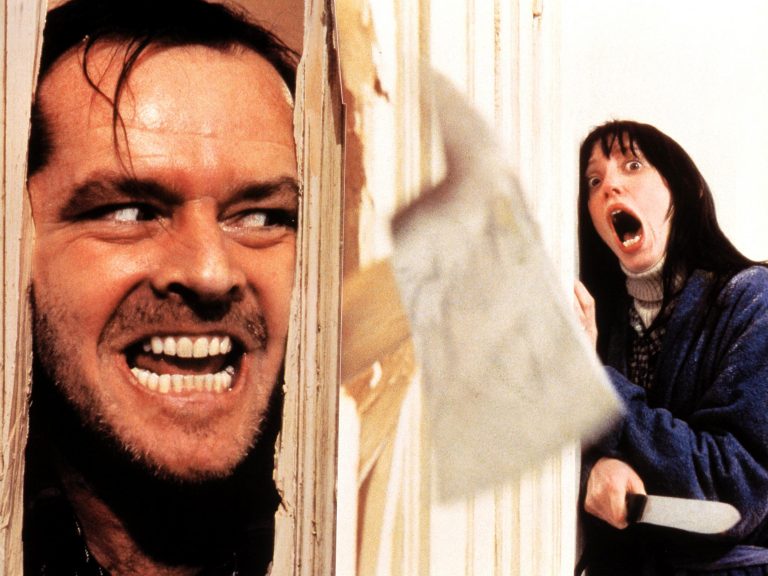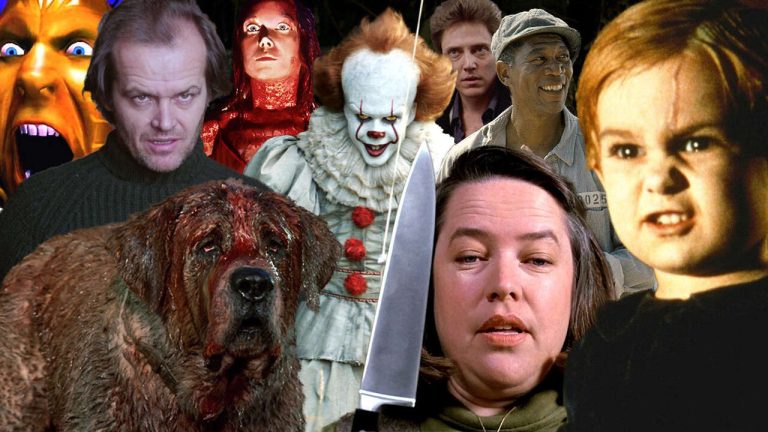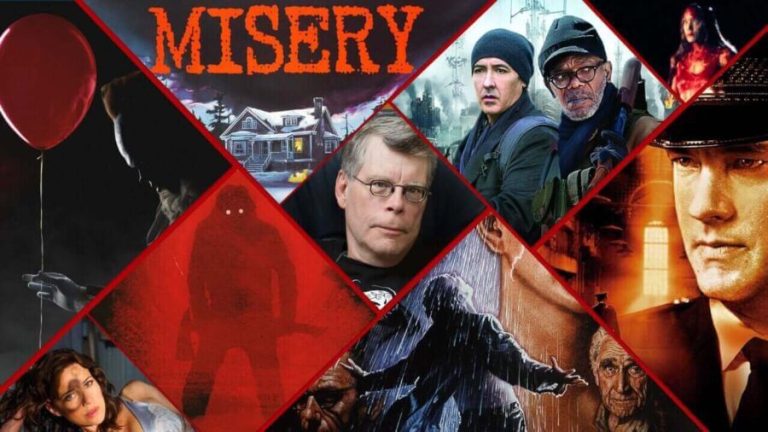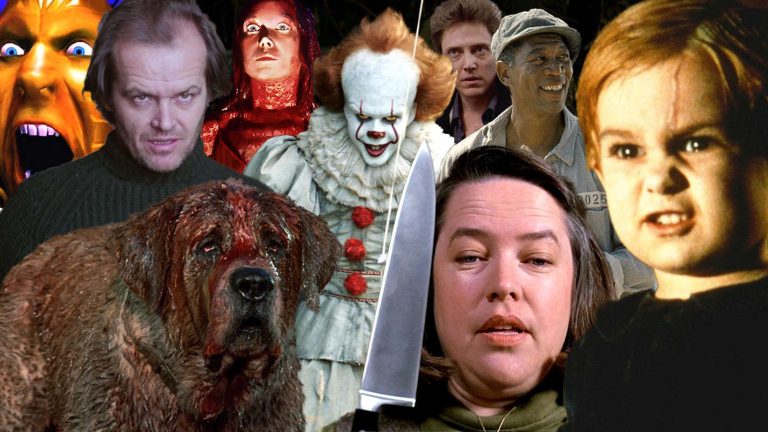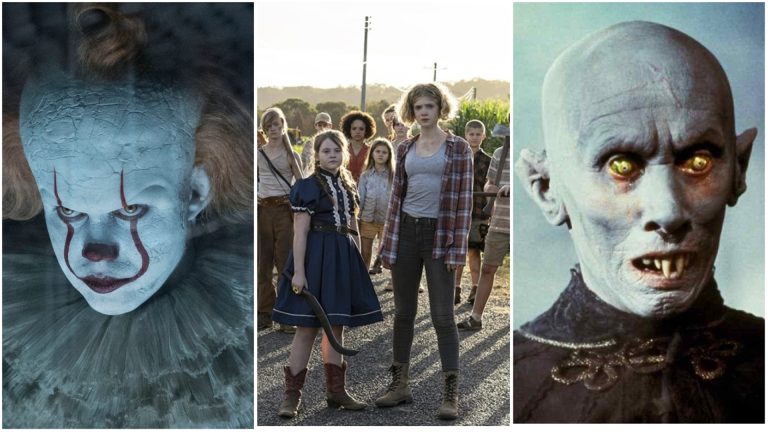Are There Any Stephen King Movies With Hidden Symbolism?
If you’re a fan of Stephen King’s movies, then you’re in for a treat! Have you ever wondered if there are any hidden symbols in his films? Well, you’re not alone. Many fans and critics have delved deep into the world of Stephen King’s movies to uncover the hidden meanings and symbolism lurking beneath the surface. In this article, we will explore whether there are any Stephen King movies with hidden symbolism and dive into the intriguing world of his cinematic storytelling.
Stephen King, the master of horror and suspense, is known for weaving intricate narratives that captivate audiences. His novels have been adapted into numerous films, and each one offers a unique experience. But beyond the scares and thrills, there may be more to these movies than meets the eye. Some fans believe that Stephen King embeds hidden symbolism within his stories, adding an extra layer of depth and meaning. From recurring motifs to subtle visual cues, these hidden symbols can provide insights into the themes and messages of the films. So, let’s grab our popcorn and take a closer look at whether Stephen King movies truly contain hidden symbolism that adds an extra level of intrigue to the viewing experience.
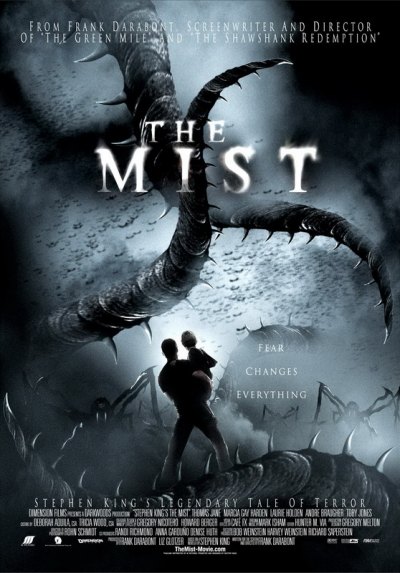
Are There Any Stephen King Movies with Hidden Symbolism?
Stephen King is known for his captivating storytelling and ability to delve into the depths of the human psyche. His novels have been adapted into numerous films, many of which have become iconic in the horror genre. But beyond their surface-level scares, some of Stephen King’s movies contain hidden symbolism that adds an extra layer of depth to the storytelling. In this article, we will explore whether there are any Stephen King movies with hidden symbolism and analyze some of the most notable examples.
The Shining: A Haunting Exploration of Isolation and Madness
Stephen King’s “The Shining” is considered one of the greatest horror movies of all time, directed by Stanley Kubrick. While the film is terrifying on its own, it also incorporates hidden symbolism that enhances the overall narrative. The story follows Jack Torrance, a writer who takes a job as the caretaker of the remote Overlook Hotel during the winter. As the isolation and supernatural occurrences take their toll, Jack descends into madness.
One of the most prominent symbols in “The Shining” is the maze, which represents the mental and emotional labyrinth that Jack finds himself trapped in. It reflects his deteriorating sanity and his increasing inability to escape his own internal demons. Additionally, the repetition of the number 237 throughout the film holds symbolic significance. It refers to Room 237, where Jack encounters a seductive ghost who embodies his own desires and temptations.
Carrie: The Power of Repression and Empowerment
“Carrie” is another Stephen King adaptation that showcases hidden symbolism. The film revolves around Carrie White, a shy and socially awkward teenager with telekinetic powers. Bullied by her peers and oppressed by her religiously fanatic mother, Carrie’s story explores themes of repression and empowerment.
The prom scene in “Carrie” is a pivotal moment that is rich in symbolism. As Carrie stands on stage, covered in pig’s blood, it represents the culmination of years of humiliation and mistreatment. The blood symbolizes the emotional and psychological wounds inflicted upon her, while her subsequent telekinetic rampage signifies the unleashed power of suppressed emotions. This scene is a powerful metaphor for the consequences of suppressing one’s true self.
In addition to “The Shining” and “Carrie,” several other Stephen King movies contain hidden symbolism that adds depth and complexity to the storytelling. “It” explores the power of fear and the resilience of childhood friendship, while “Misery” delves into the twisted relationship between an obsessed fan and her favorite author. Each film offers a unique perspective and incorporates symbolism that enhances the overall viewing experience.
When analyzing Stephen King movies, it is important to remember that symbolism can be subjective, and interpretations may vary. However, the presence of hidden symbolism in his films is undoubtedly a testament to his mastery of storytelling and his ability to engage audiences on multiple levels.
Conclusion
Stephen King movies go beyond surface-level scares and delve into the realm of hidden symbolism. Films like “The Shining” and “Carrie” explore themes of isolation, madness, repression, and empowerment through the use of carefully crafted symbols. These symbols add depth and complexity to the storytelling, captivating audiences and leaving a lasting impact. Whether you are a fan of horror or simply appreciate thought-provoking cinema, Stephen King movies with hidden symbolism offer a unique viewing experience. So, the next time you watch a Stephen King adaptation, keep an eye out for the hidden messages lurking beneath the surface.
Key Takeaways: Are there any Stephen King movies with hidden symbolism?
- Stephen King movies often contain hidden symbolism that adds depth and meaning to the story.
- Symbolism can be found in various elements, such as objects, characters, and settings.
- These hidden meanings enhance the viewing experience and encourage deeper analysis.
- Some notable Stephen King movies with hidden symbolism include “The Shining,” “It,” and “Carrie.”
- Exploring the symbolism in these movies can provide a greater appreciation for the storytelling and themes.
Frequently Asked Questions
Stephen King is known for his ability to weave intricate and thought-provoking stories, often filled with hidden symbolism. Many of his novels have been adapted into movies, and fans often wonder if these films also contain hidden meanings. In this article, we will explore whether there are any Stephen King movies with hidden symbolism.
1. What is hidden symbolism in movies?
Hidden symbolism in movies refers to the use of subtle or concealed elements within the film that convey deeper meanings or themes. These symbols are often open to interpretation and require the viewer to actively engage with the story to uncover their significance. In the context of Stephen King movies, hidden symbolism can be found in the visuals, dialogue, and even the actions of the characters.
Symbolism can be used to explore complex themes, add depth to the narrative, or provide social commentary. It allows filmmakers to communicate ideas and emotions in a more nuanced and creative way, inviting viewers to analyze and interpret the film on a deeper level.
2. Are there any Stephen King movies known for their hidden symbolism?
Yes, there are several Stephen King movies that are known for their hidden symbolism. One notable example is “The Shining,” directed by Stanley Kubrick. The film is filled with visual cues and recurring motifs that convey deeper meanings related to themes of isolation, madness, and the cyclical nature of violence. From the use of mirrors to the iconic hedge maze, every element in the film has been carefully crafted to contribute to its symbolic layers.
Another Stephen King movie known for its hidden symbolism is “It,” both the 1990 miniseries and the 2017 film adaptation. The story of Pennywise the Clown and the Losers’ Club can be seen as a metaphor for childhood fears, trauma, and the power of friendship. The constant presence of balloons, the use of water as a symbol of renewal, and the shifting forms of Pennywise all contribute to the film’s hidden symbolism.
3. How can viewers identify hidden symbolism in Stephen King movies?
Identifying hidden symbolism in Stephen King movies requires careful observation and analysis. Paying attention to recurring images, motifs, and themes throughout the film can provide clues to the deeper meaning behind the story. Additionally, exploring the context in which the movie was made and understanding Stephen King’s own writing style can help unravel the hidden symbolism.
It is also helpful to engage in discussions with fellow viewers or read articles and analyses by film critics and scholars. These insights can shed light on different interpretations and add depth to your understanding of the hidden symbolism present in Stephen King movies.
4. Why does Stephen King incorporate hidden symbolism in his stories?
Stephen King incorporates hidden symbolism in his stories to enrich the reading or viewing experience and to provoke deeper thought and discussion. By using symbolism, King adds layers of meaning and complexity to his narratives, allowing readers and viewers to engage with the story on a more intellectual and emotional level.
Furthermore, hidden symbolism can enhance the horror or suspense elements in King’s works. It creates a sense of unease and uncertainty, as viewers are left to interpret the symbols and uncover their significance. This adds to the overall tension and sense of mystery in the story, making it a more immersive and memorable experience.
5. Can the hidden symbolism in Stephen King movies be subjective?
Yes, the interpretation of hidden symbolism in Stephen King movies can often be subjective. Different viewers may perceive and interpret symbols differently based on their own experiences and knowledge. What may be significant to one person might hold a different meaning for another.
This subjectivity is one of the strengths of hidden symbolism, as it allows for personal engagement and diverse perspectives. It encourages viewers to bring their own understanding and insights to the film, fostering discussions and debates about the underlying meanings and themes.
36 Absolutely Mental Stephen King Movie Adaptations – Explored – Mega Stephen King Movie List
Final Summary: Unveiling the Hidden Symbolism in Stephen King Movies
As we wrap up our exploration of Stephen King movies, it’s clear that the master of horror is also a master of hidden symbolism. From “The Shining” to “It,” King’s films are filled with layers of meaning that captivate audiences and invite deeper analysis. While some may dismiss these symbols as mere coincidences, the evidence suggests otherwise. The recurring motifs, visual cues, and subtle references scattered throughout King’s cinematic adaptations provide a rich tapestry of hidden messages.
One of the most fascinating aspects of Stephen King movies is how they seamlessly blend entertainment with intellectual stimulation. By incorporating hidden symbolism, these films offer a thought-provoking experience beyond the thrills and scares. They challenge viewers to engage with the story on a deeper level and unravel the hidden meanings strategically embedded by the filmmakers. Whether it’s the symbolic representation of fear and trauma in “It” or the exploration of addiction and the loss of innocence in “The Shining,” these symbols add depth and complexity to the narrative.
In conclusion, Stephen King movies are not just straightforward horror flicks; they are intricate puzzles waiting to be solved. By paying attention to the hidden symbolism within these films, we can unlock a whole new level of appreciation for King’s storytelling prowess. So, the next time you find yourself watching one of his movies, keep your eyes peeled for those subtle clues and symbols that elevate the viewing experience. Happy symbol hunting!

